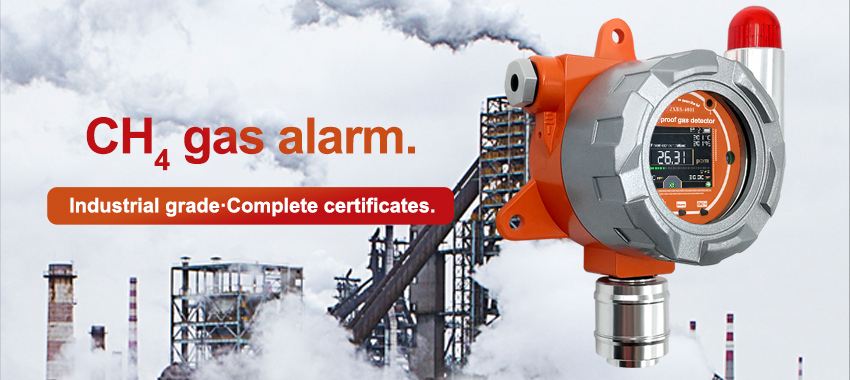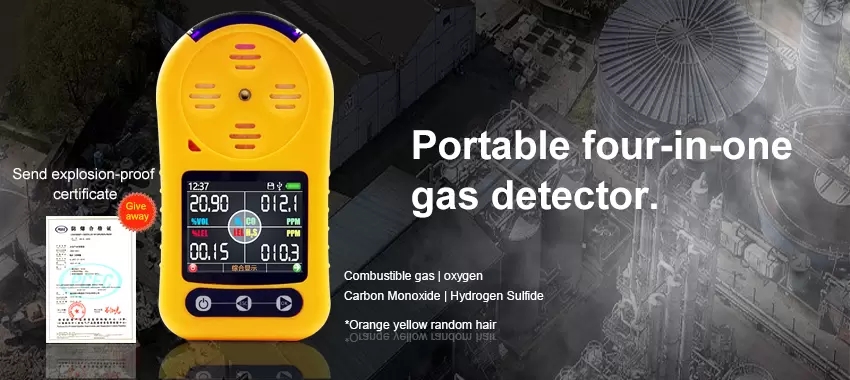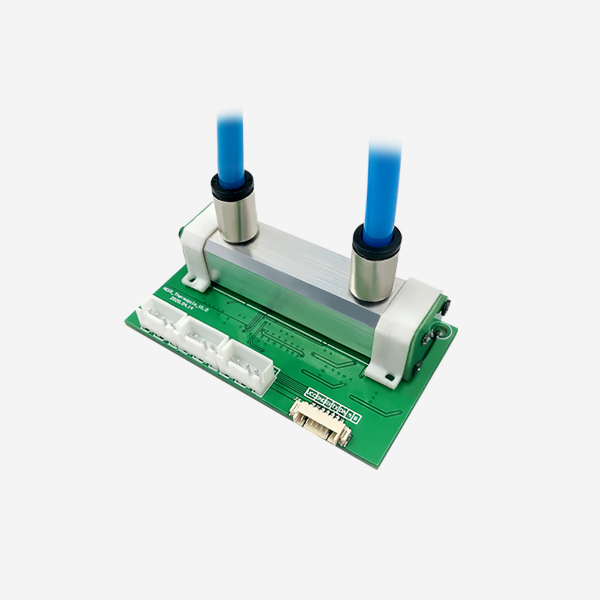Introduction:

Gas detection systems are an essential part of modern industrial and commercial safety programs. The primary purpose of a gas detection system is to provide early warning of gas leaks or buildup, so that measures can be taken to prevent an explosion or other catastrophic event. In this essay, we will explore the various types of gas detection systems, their components, and their applications.
Types of Gas Detection Systems
There are several types of gas detection systems, each with its own strengths and weaknesses. The most common types are:
1.Fixed Gas Detection System ;
2.Portable Gas Detection System ;
3.Wireless Gas Detection Systems.
Overview of Fixed Gas Detection Systems

Fixed gas detection systems are always in place at the facility to monitor the presence of harmful gases in the ambient air. These systems typically consist of a central control unit, one or more gas sensors, and an alarm system.
The central control unit is the brains of the system, and is responsible for monitoring the gas sensors and activating the alarm system in the event of a gas leak or buildup. The gas sensors themselves are typically installed at strategic locations throughout the facility, such as near potential gas sources or in areas where gas buildup is most likely to occur.
The alarm system is designed to provide an audible and/or visual alert in the event of a gas leak or buildup. In some cases, the alarm may also trigger an automatic shutdown of the facility or equipment to prevent a catastrophic event.
Fixed gas detection systems are commonly used in industrial settings such as refineries, chemical plants, and power plants. They are also used in commercial settings such as hospitals, laboratories, and parking garages.
Overview of Portable Gas Detection Systems

Portable gas detection system is convenient in the work site personnel mobile use, while monitoring the presence of harmful gases. These systems typically consist of a handheld device that contains one or more gas sensors, and an alarm system.
Portable gas detection systems are generally suitable in a variety of industries, including construction, mining, and oil and gas exploration. Firefighters and hazard teams also like to use them.
Overview of Wireless Gas Detection Systems

Wireless gas detection systems are a relatively new development in the field of gas detection. These systems use wireless technology to transmit data from gas sensors to a central control unit, eliminating the need for wiring between the sensors and the control unit.
Wireless gas detection systems work well when wiring is inconvenient, such as in areas where wired systems are expensive. We use portable ones because the sensors need to be on the move.
Components of a Gas Detection System
Regardless of the type of gas detection system, there are several common components that are present in most systems. These include:
Gas Sensors
Central Control Unit
Alarm System
Calibration Equipment
Gas Sensors:
Gas sensors are the heart of a gas detection system, and are responsible for detecting the presence of hazardous gases in the air. There are several types of gas sensors, each of which detects a specific type of gas.
The most common types of gas sensors
Catalytic bead sensors – These sensors detect combustible gases. Like methane and propane. They work by heating a small bead coated with a catalyst, which reacts with any combustible gas present in the air.

Infrared sensors. These sensors detect carbon dioxide and other gases.